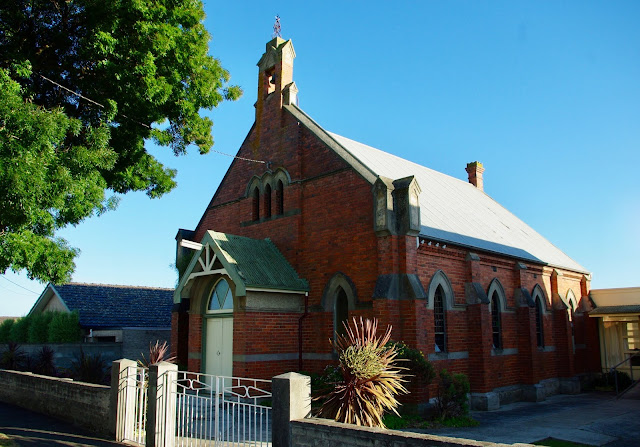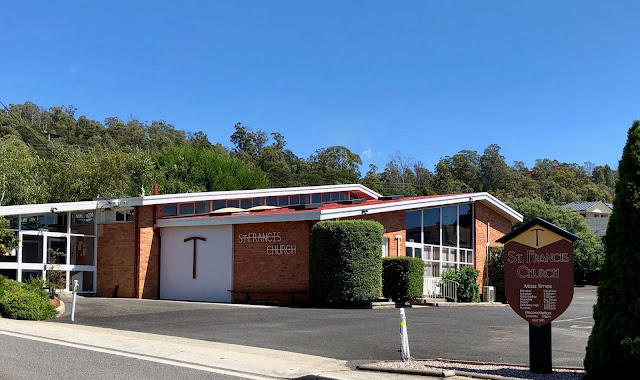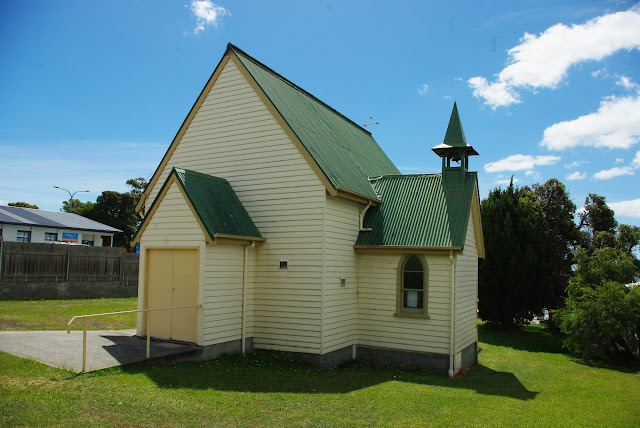No. 359 - The Brickendon Convict Chapel - 'An Agent of Reformation'

Brickendon Farm Village near Longford in northern Tasmania is one of 11 Australian convict sites listed by UNESCO as having global cultural and heritage value. The farm village, of which the chapel is particularly significant, was part of Brickendon Estate, a 465 hectare grant taken up by William Archer in 1824 on land opposite his brother at Woolmers Estate. William Archer developed Brickendon into a mixed farming business and used a convict labour force of about 50 people who were housed in the small village. By the 1840's Brickendon was highly regarded as one of the best farms in the colony. The estate included a two-storey brick Georgian country house and numerous farm buildings and labourers cottages. The Chapel was built with the specific purpose of meeting the religious needs of convict workers. Built in the mid 1850’s, the Chapel has a high pitched shingled gabled roof, bell tower and gabled foyer. The chapel is highly decorative with many neo-gothic features including bri...




